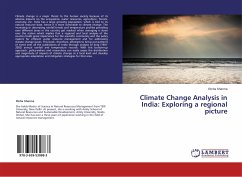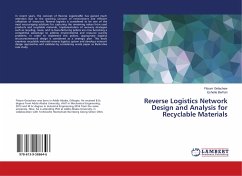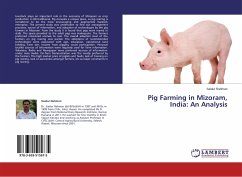A better understanding of ecosystem processes requires accurate estimates of forest biomass and structure on global scales. Recently, there have been demonstrations of the ability of remote sensing instruments, such as radar and lidar, for the estimation of forest parameters from spaceborne platforms in a consistent manner. These advances can be exploited for global forest biomass accounting and structure characterization, leading to a better understanding of the global carbon cycle. The popular techniques for estimation of forest parameters from radar instruments in particular, use backscatter intensity, interferometry and polarimetric interferometry. Here we analyze the accuracy of biomass and structure estimates over temperate forests of the North-Eastern United States.
Bitte wählen Sie Ihr Anliegen aus.
Rechnungen
Retourenschein anfordern
Bestellstatus
Storno








